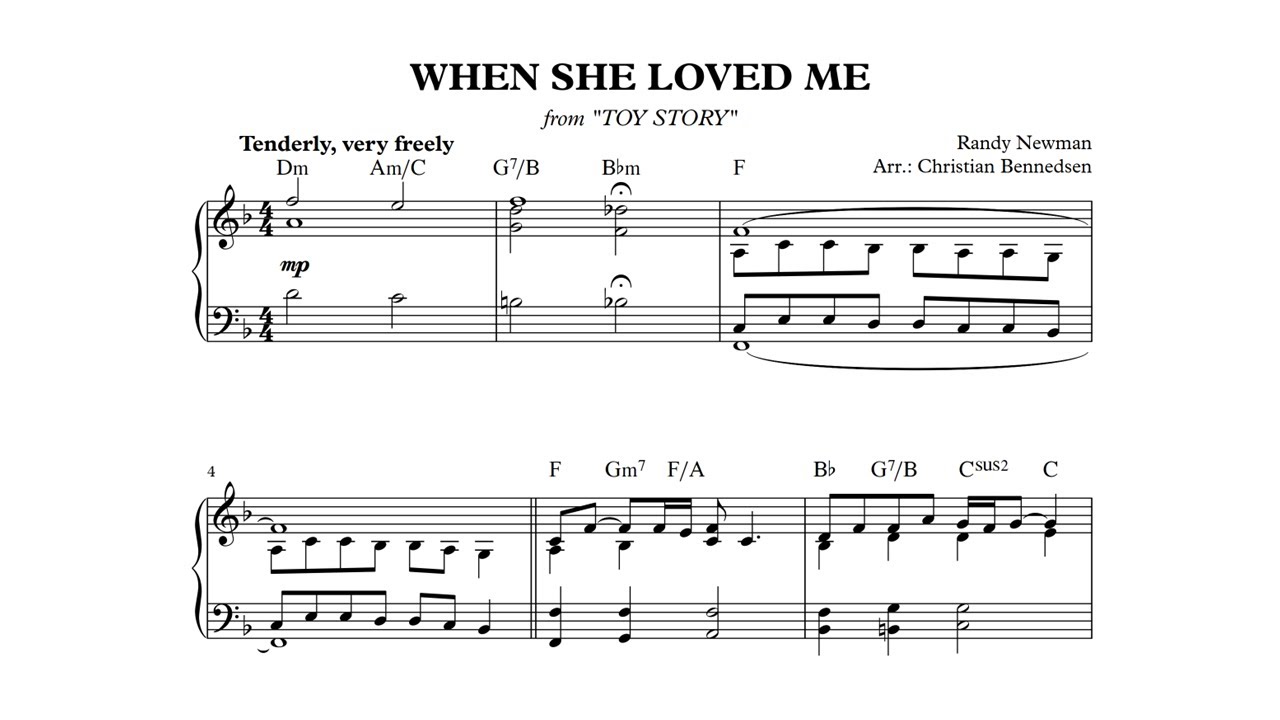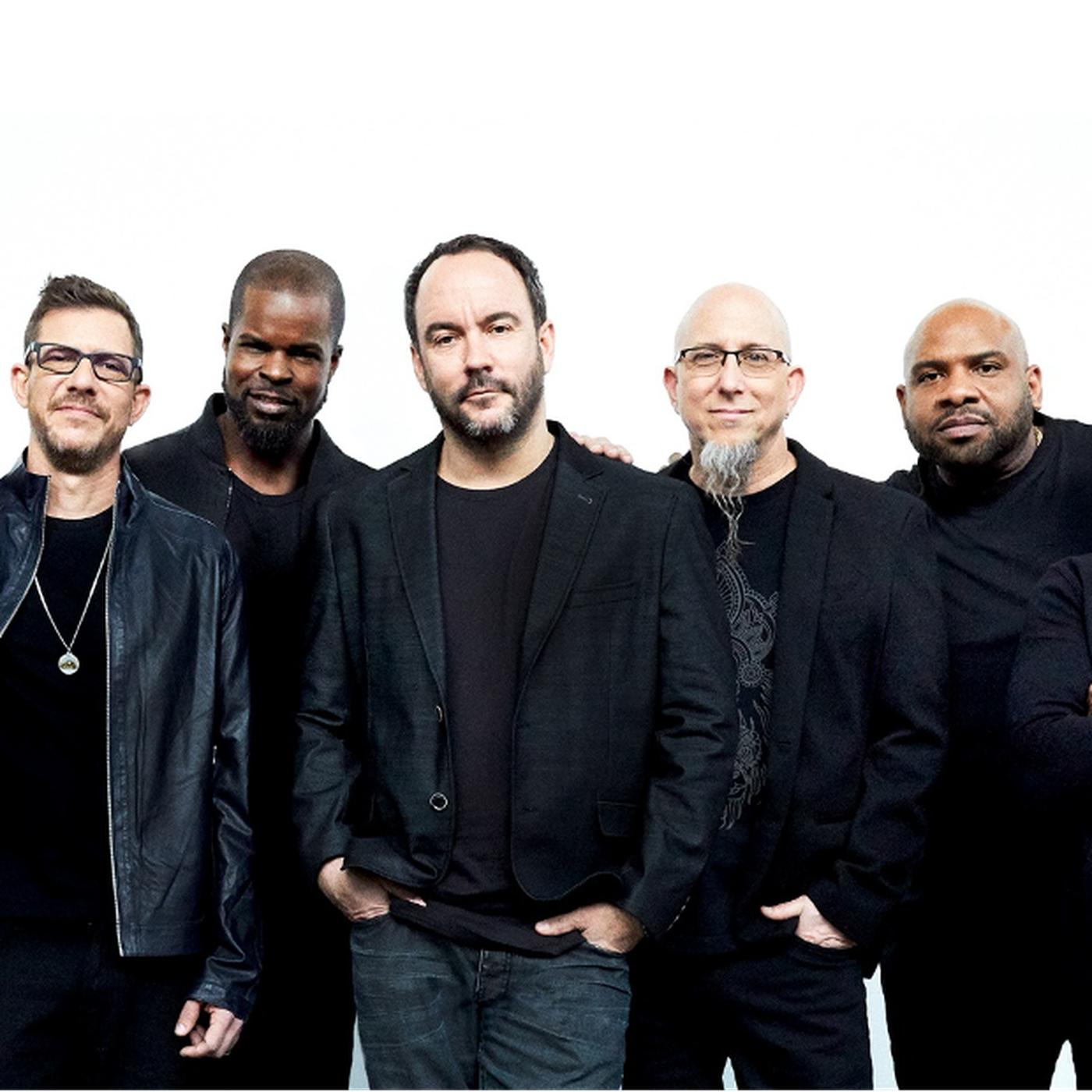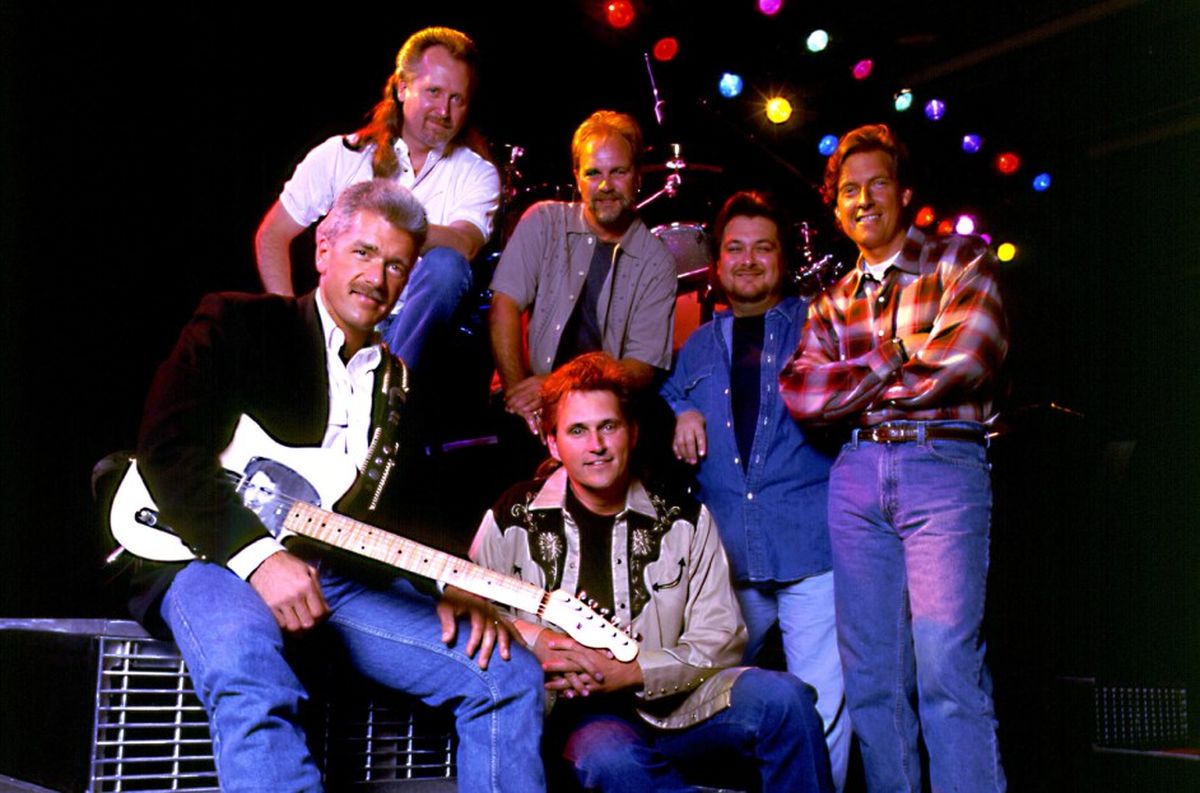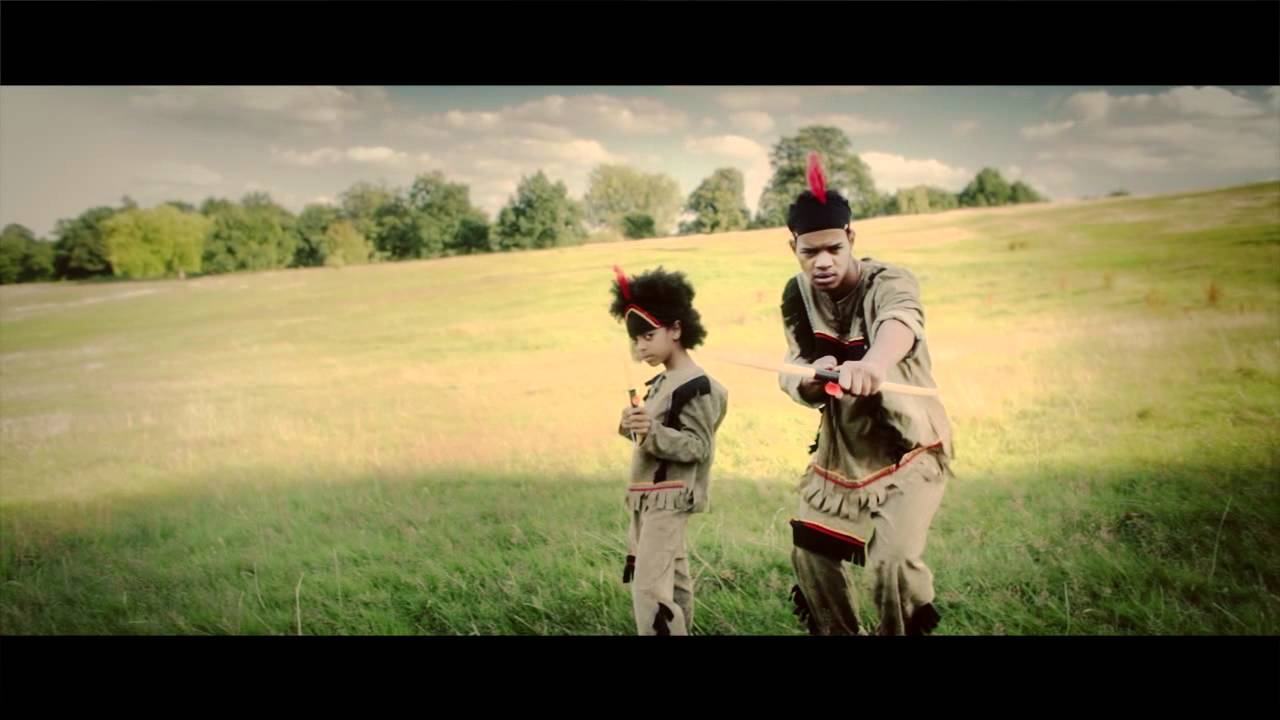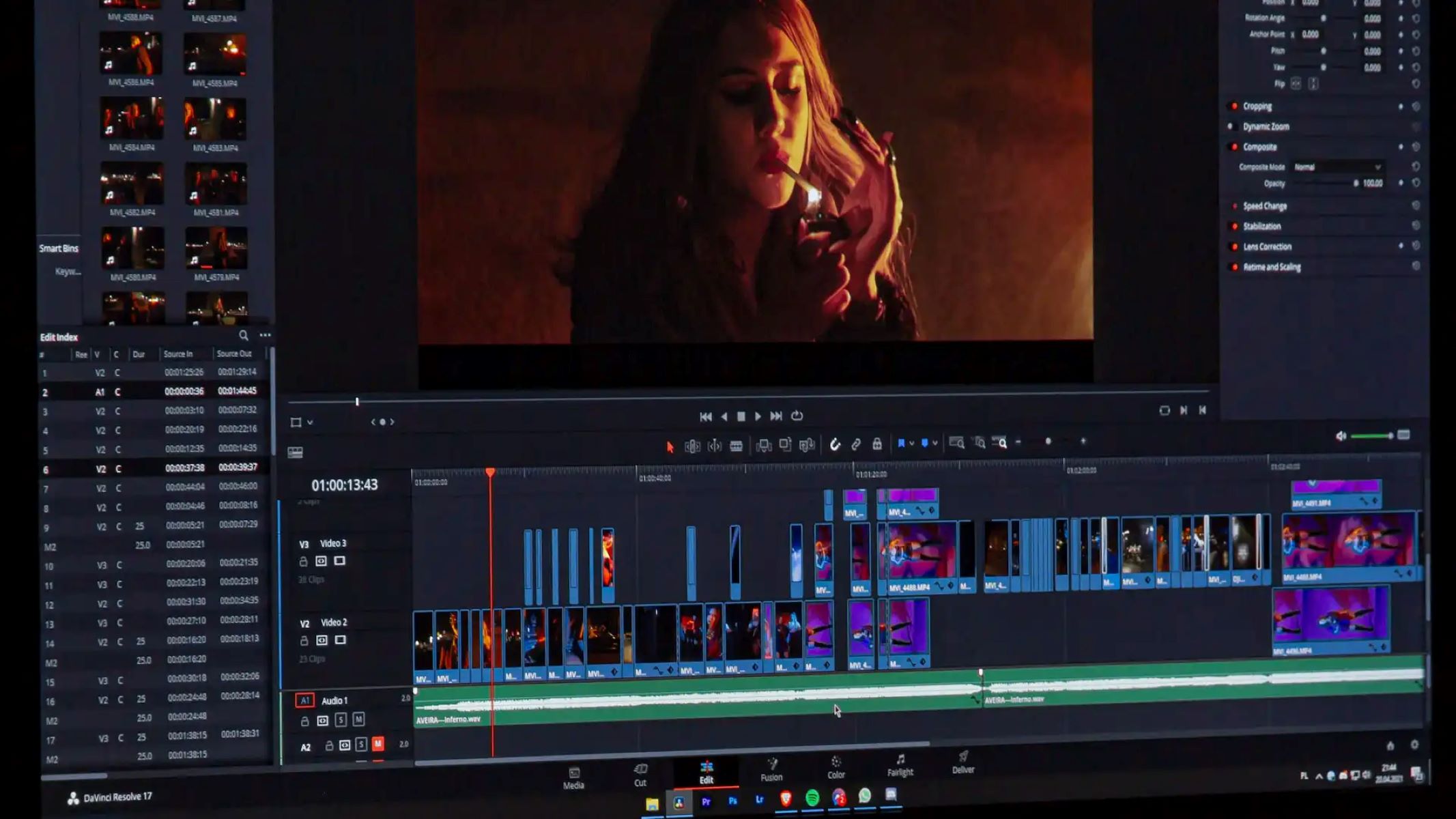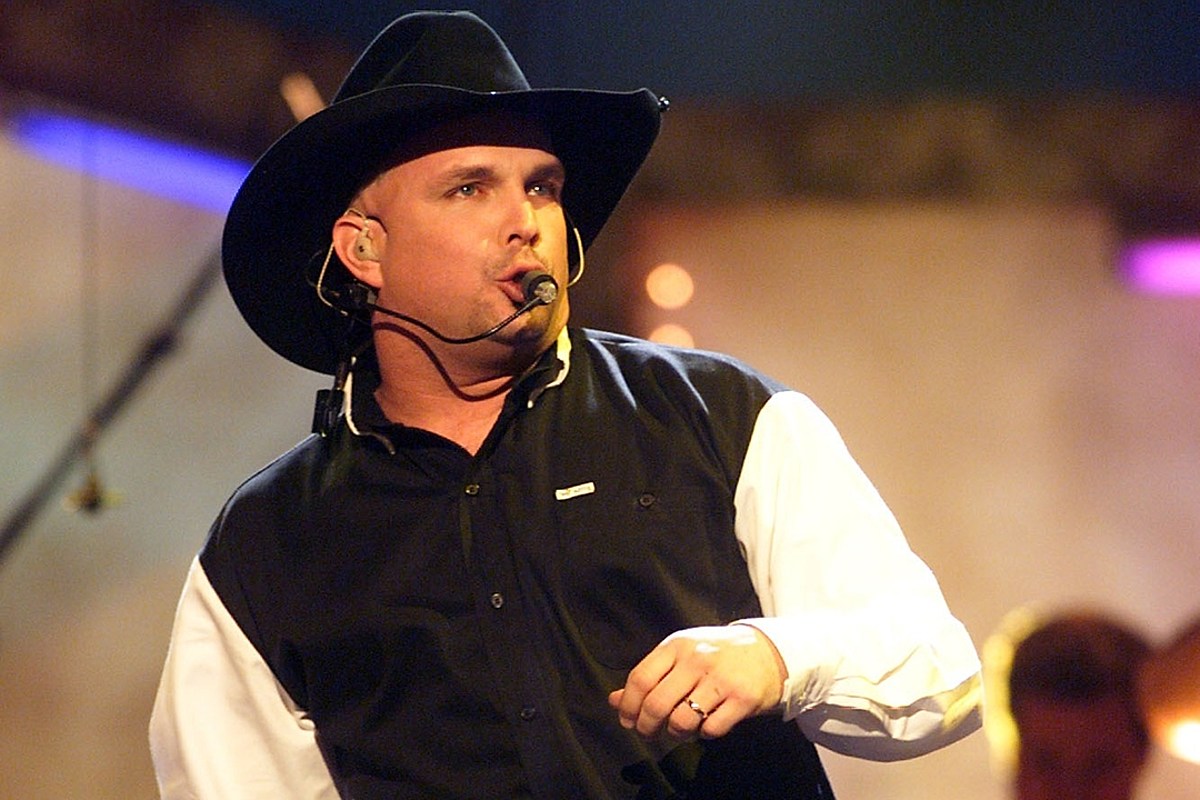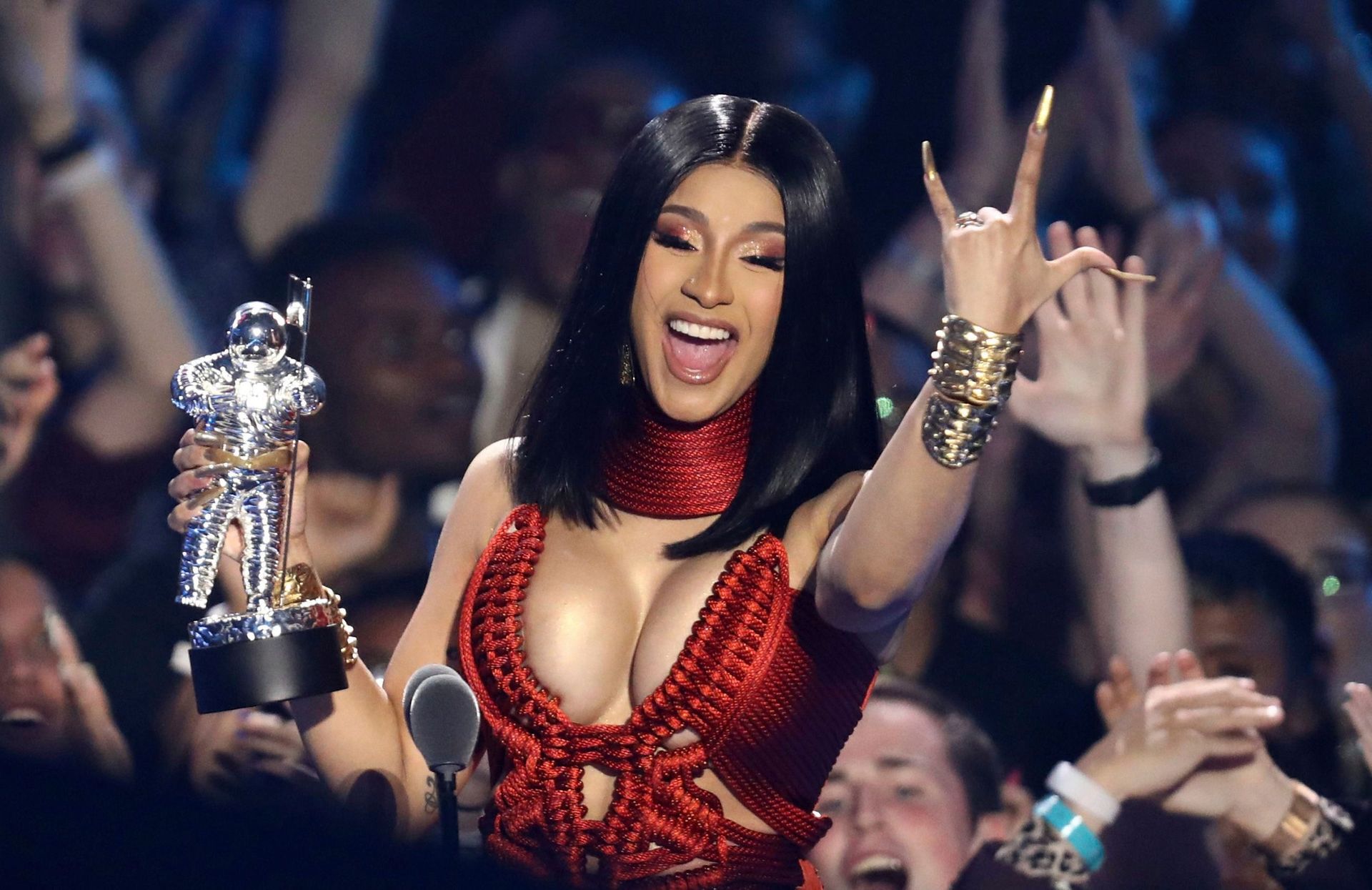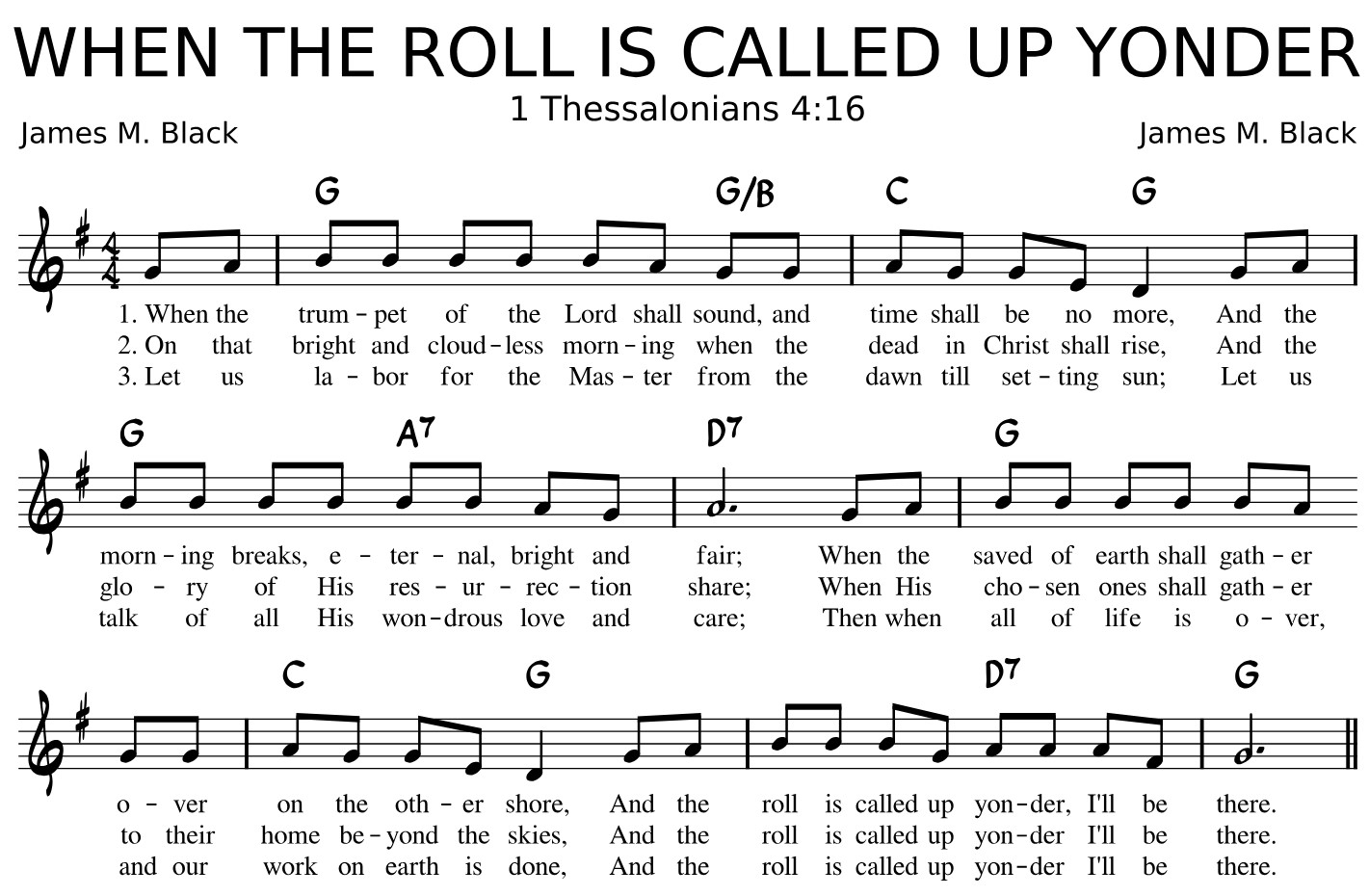Home>Production & Technology>Music Video>Music Video To Wake Me Up When September Ends
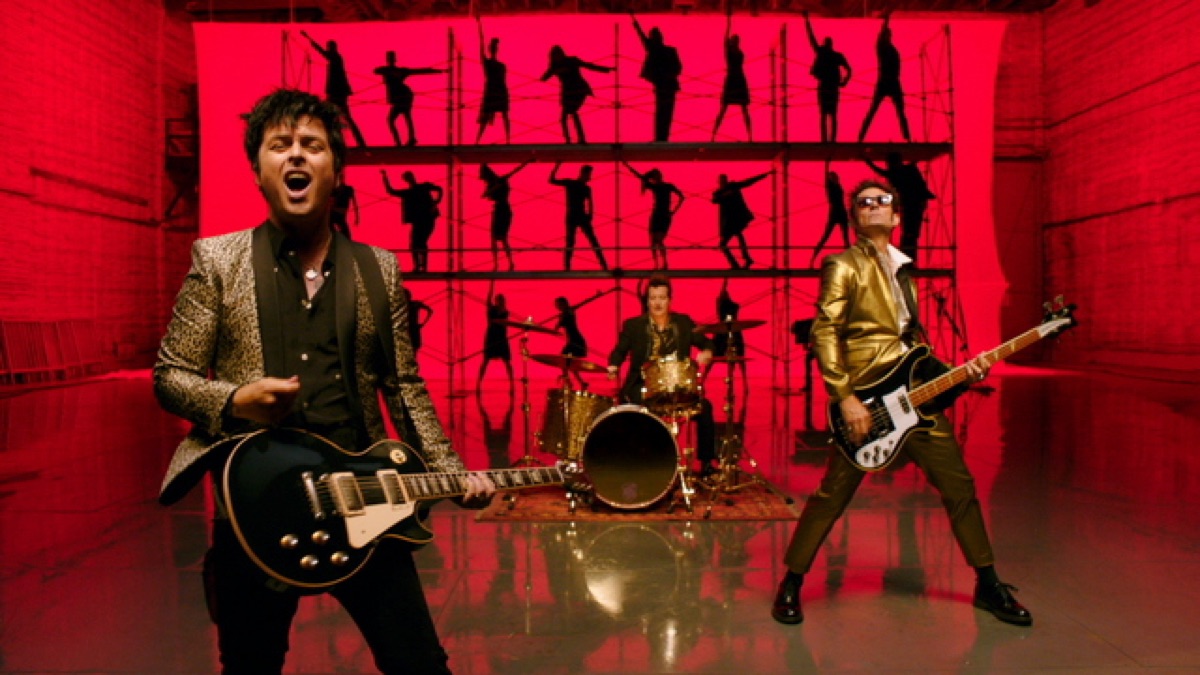

Music Video
Music Video To Wake Me Up When September Ends
Published: November 18, 2023
Watch the captivating music video for "Wake Me Up When September Ends" and get lost in the emotional journey of the song. Experience the powerful storytelling and emotions that this music video brings.
(Many of the links in this article redirect to a specific reviewed product. Your purchase of these products through affiliate links helps to generate commission for AudioLover.com, at no extra cost. Learn more)
Table of Contents
Introduction
Music videos have become an integral part of the music industry, allowing artists to visually complement their songs and connect with their audience on a deeper level. Among the vast array of music videos created over the years, some have left a lasting impact, resonating with viewers for their artistic vision, storytelling, and emotional depth.
In this article, we will delve into the captivating world of music videos, with a particular focus on the iconic music video for the song “Wake Me Up When September Ends” by Green Day. This powerful ballad, released in 2004 as a single from their album “American Idiot,” struck a chord with listeners around the world.
As we explore the background and creation of the music video, we will unravel the rich layers of symbolism and visual storytelling within it. We will also examine the popular reception and lasting impact that the video has had on both fans of Green Day and music video enthusiasts alike.
So join us on this journey as we analyze the music video for “Wake Me Up When September Ends” and discover how it continues to captivate and inspire viewers, even years after its release.
Background of the Song “Wake Me Up When September Ends”
“Wake Me Up When September Ends” is a deeply emotional and introspective song written by the punk rock band Green Day. It was released as the fourth single from their critically acclaimed album “American Idiot” in 2004. The song serves as a poignant tribute to lead vocalist Billie Joe Armstrong’s father, who passed away when he was just ten years old.
The lyrics convey a sense of loss, grief, and the passage of time, as Armstrong sings about the pain of his father’s death and how it still affects him. The line “Summer has come and passed, the innocent can never last” captures the longing for the return of happier times.
The title of the song itself, “Wake Me Up When September Ends,” signifies the desire to escape the pain and sorrow associated with his father’s death, suggesting a wish to skip over the painful memories and fast-forward to a time when the wounds have healed.
The timing of the song’s release in September holds even more significance, as it coincides with the month that Armstrong’s father passed away. This adds a layer of emotional resonance, as the song not only reflects personal experiences but also connects with listeners who have dealt with their own losses and struggles.
“Wake Me Up When September Ends” became an anthem for many individuals who have experienced profound grief, validating their emotions and serving as a source of comfort and catharsis. Its relatable themes and impactful lyrics struck a chord with fans worldwide, propelling it to become one of Green Day’s most iconic and beloved tracks.
With the powerful emotional depth of the song established, it was only fitting that the music video would follow suit. In the next section, we will delve into the making of the music video and the visual storytelling that encompasses it.
The Making of the Music Video
The music video for “Wake Me Up When September Ends” was directed by Samuel Bayer, who had previously worked with Green Day on their iconic music video for “Basket Case.” Bayer’s collaboration with the band once again proved fruitful, resulting in a visually striking and emotionally charged music video.
The video depicts a narrative that intertwines with the themes of the song, showcasing a heart-wrenching story of love, loss, and sacrifice. It follows the lives of a young couple, played by actress Jamie Bell and Evan Rachel Wood, as their relationship endures the challenges and turmoil of war.
The music video begins in a small town, where the couple enjoys their carefree and joyful moments together. However, their world is soon shattered when the boyfriend enlists in the military, leaving his girlfriend behind. The video then alternates between scenes of the girlfriend anxiously waiting for his return and snapshots of the boyfriend’s experiences on the battlefield.
Bayer’s direction skillfully captures the emotional intensity of the song, using captivating visuals, strong performances, and a sense of raw vulnerability. The use of sepia tones and muted colors adds to the somber atmosphere, highlighting the longing and pain experienced by both characters.
One of the standout moments in the music video is the powerful scene where the girlfriend receives a folded flag at the door. This heartbreaking symbol represents the boyfriend’s death, further emphasizing the poignant lyrics and the devastating impact of loss.
Through its powerful storytelling and emotional impact, the music video perfectly complements the song’s themes of loss and longing. The visuals serve as a visual representation of the pain and sorrow expressed in the lyrics, allowing viewers to connect with the story on a deeper level.
Overall, the making of the music video for “Wake Me Up When September Ends” was a collaborative effort that successfully translated the song’s heartfelt message into a visual narrative. The combination of Bayer’s direction, the exceptional performances by the cast, and the seamless integration with the song created a music video that continues to resonate with audiences worldwide.
Synopsis of the Music Video
The music video for “Wake Me Up When September Ends” tells a gut-wrenching story of love, separation, and loss amidst the backdrop of war. It opens with scenes of a blissful young couple in a small town, enjoying their carefree moments together. However, their lives take a drastic turn when the boyfriend enlists in the military, leaving his girlfriend behind.
The video presents a deeply emotional narrative that follows the couple’s journey as they grapple with the challenges of being apart. It captures the girlfriend’s struggles as she anxiously waits for her boyfriend’s return, while simultaneously showing glimpses of the boyfriend’s experiences on the battlefield.
As the video unfolds, we witness the girlfriend’s longing and desperation to be reunited with her loved one. Interspersed with shots of the boyfriend’s harrowing experiences and camaraderie with his fellow soldiers, the video portrays the harsh realities and sacrifices of war.
The video reaches its most heart-wrenching point when the girlfriend receives a folded flag at her doorstep, symbolizing the tragic news that her boyfriend has been killed in action. This devastating moment exemplifies the pain and grief that the lyrics of the song evoke, as the girlfriend’s world is shattered and she is left to navigate the depths of her sorrow alone.
Throughout the video, there are poignant visual motifs and symbolic elements that intensify the emotional impact. The use of sepia tones and muted colors creates a somber atmosphere, mirroring the sadness and longing expressed in the song. The contrast between scenes of the couple’s blissful moments and the harsh realities of war heighten the emotional contrast, highlighting the fragility of life and the cost of conflict.
The music video for “Wake Me Up When September Ends” effectively captures the essence of the song’s themes of loss, grief, and the passage of time. It conveys the emotional journey of both characters and explores the universal experiences of love, longing, and heartbreak. The raw and authentic performances of the cast, combined with the expert direction by Samuel Bayer, bring this poignant story to life and leave a lasting impact on viewers.
This music video serves as a testament to the power of visual storytelling, as it complements the lyrics and enhances the overall emotional depth of the song. It has become one of Green Day’s most iconic and memorable music videos, resonating with audiences worldwide and reinforcing the enduring impact of “Wake Me Up When September Ends.”
Visual Themes and Symbolism
The music video for “Wake Me Up When September Ends” incorporates various visual themes and symbols that enhance its emotional impact and deepen the storytelling. Through the use of color palettes, imagery, and metaphorical representations, the video creates a powerful visual language that resonates with the song’s themes.
One visual theme that permeates the video is the stark contrast between the idyllic, vibrant scenes at the beginning and the desolate, muted tones in later sequences. These shifts in color palette mirror the emotional journey of the characters, showcasing the transition from joy and hope to despair and loss.
Another prominent symbol in the video is the folded flag that the girlfriend receives, signifying the boyfriend’s death in combat. This poignant moment of heartbreak signifies the ultimate sacrifice made by soldiers and the devastating impact it has on their loved ones. The flag serves as a powerful reminder of the cost of war and the long-lasting effects it has on the individuals left behind.
The inclusion of recurring props, such as letters and photographs, also adds to the visual storytelling. These objects represent the emotional connection and memories shared between the couple, emphasizing the depth of their relationship and the importance of their bond even in times of separation.
The juxtaposition of scenes showing the girlfriend waiting and the boyfriend on the battlefield further enhances the video’s visual impact. It highlights the stark contrast between the peaceful, mundane life back home and the harsh realities of war faced by soldiers. This visual dichotomy emphasizes the emotional toll of war and the bravery and sacrifice of those who serve.
Additionally, the video incorporates symbolic gestures, such as the boyfriend holding up his girlfriend’s necklace during a moment of reflection. This act represents a connection to her, even in the midst of turmoil, and serves as a reminder of the love and support that exists between them.
The music video for “Wake Me Up When September Ends” skillfully uses visual themes and symbolism to enhance the storytelling and evoke a strong emotional response. Through color palettes, symbols, and recurring motifs, it captures the universal experiences of love, loss, and the impact of war. These visual elements further deepen the connection between the song’s lyrics and the viewer, making the video a powerful and immersive experience.
Popular Reception and Impact
The music video for “Wake Me Up When September Ends” garnered significant attention upon its release and made a lasting impact on viewers around the world. It resonated with listeners not only for its heartfelt lyrics and beautiful melody but also for the emotional depth and thoughtful visuals portrayed in the accompanying video.
Upon its premiere in 2005, the music video quickly gained popularity and became a frequent fixture on music television channels. It struck a chord with audiences who connected with the raw emotions displayed in the video and the relatable themes of love, loss, and the enduring pain of separation.
The video’s poignant storytelling and powerful imagery elicited a strong and emotional response from viewers. Many praised its ability to capture the universal experience of longing and the devastating impact of war. The performances by Jamie Bell and Evan Rachel Wood added an extra layer of authenticity and emotional depth, further resonating with audiences.
“Wake Me Up When September Ends” found success not only in the realm of music videos but also in the broader cultural landscape. The video became a cultural touchstone, sparking discussions and provoking powerful emotional reactions from fans and critics alike.
Moreover, the video for “Wake Me Up When September Ends” has stood the test of time. It continues to be celebrated for its artistic merit and profound impact years after its release. Fans still revisit the video, captivated by its visual storytelling and the way it encapsulates the emotions expressed in the song.
The music video’s impact extends beyond its initial release. It has inspired countless fan interpretations, covers, and remixes, demonstrating its enduring influence. The video’s exploration of love and loss has resonated with individuals from all walks of life, cementing its status as a timeless piece of visual storytelling.
Overall, the music video for “Wake Me Up When September Ends” achieved widespread popularity and acclaim for its poignant storytelling, heartfelt performances, and the emotional impact it leaves on viewers. Its enduring legacy is a testament to the power of visual storytelling in music videos and its ability to connect with audiences on a deep and emotional level.
Conclusion
The music video for “Wake Me Up When September Ends” by Green Day is a testament to the power of visual storytelling in the realm of music. Through its emotive lyrics, powerful performances, and skillful direction, the video encapsulates the themes of love, loss, and the lingering pain of separation.
From its heart-wrenching narrative to its symbolic imagery and visual motifs, the video leaves a lasting impact on viewers, evoking powerful emotions and fostering a deep connection to the song. The video’s ability to resonate with audiences on such a profound level is a testament to the talent and creativity of the artists involved.
Over the years, the music video has garnered widespread acclaim and admiration, continuing to capture the hearts of fans worldwide. It serves as a reminder of the universal experiences of longing, grief, and the sacrifices made during times of war.
The video’s popularity and enduring impact extend beyond the realm of Green Day’s fan base. Its relatable themes and emotional depth have made it a cultural touchstone, inspiring discussions and sparking creativity among viewers.
Ultimately, the music video for “Wake Me Up When September Ends” stands as a testament to the power of music and visual storytelling. It showcases the strength of Green Day’s poignant lyrics and the ability of music videos to enhance the emotional impact of a song.
As viewers continue to revisit the video, they are reminded of the profound and complex emotions that the song and its accompanying visuals convey. It will forever hold a special place in the hearts of fans, solidifying its status as a timeless and mesmerizing piece of musical art.
So, next time you find yourself listening to “Wake Me Up When September Ends,” take a moment to experience the music video that accompanies it. Let yourself be swept away by the narrative, the symbolism, and the emotional journey it portrays. Allow it to remind you of the power of music, visuals, and storytelling to evoke the deepest of emotions within us.

